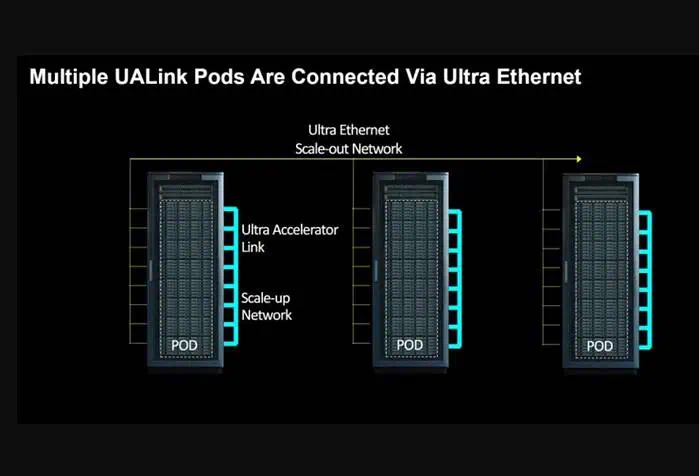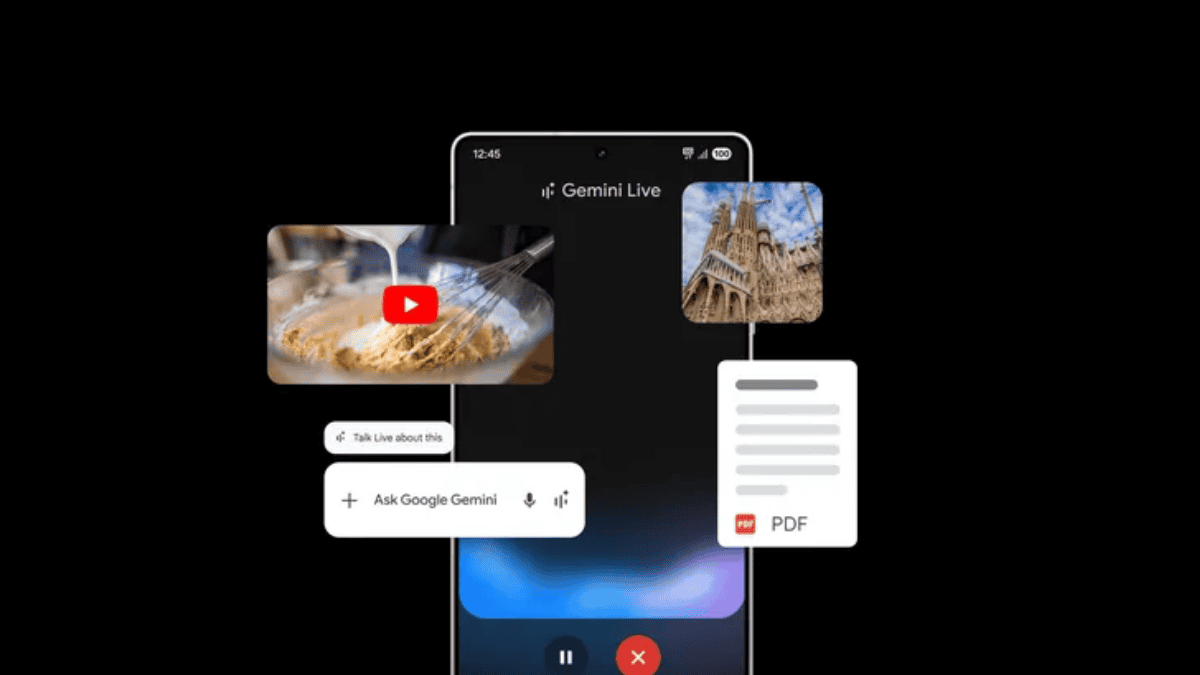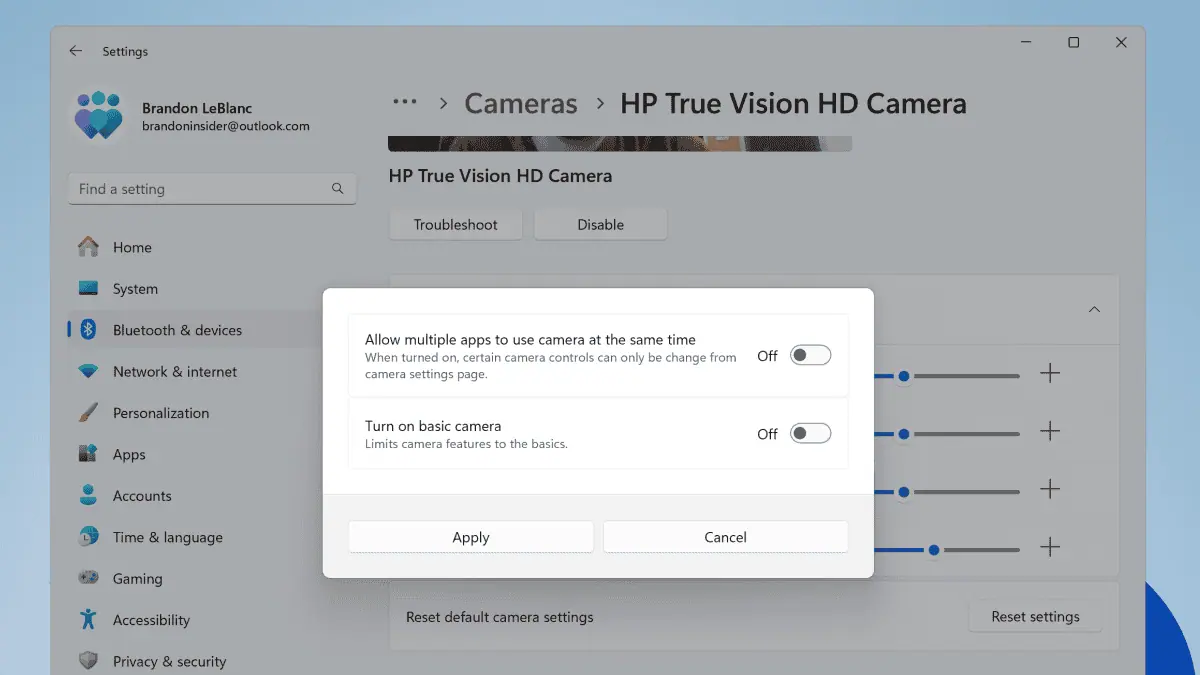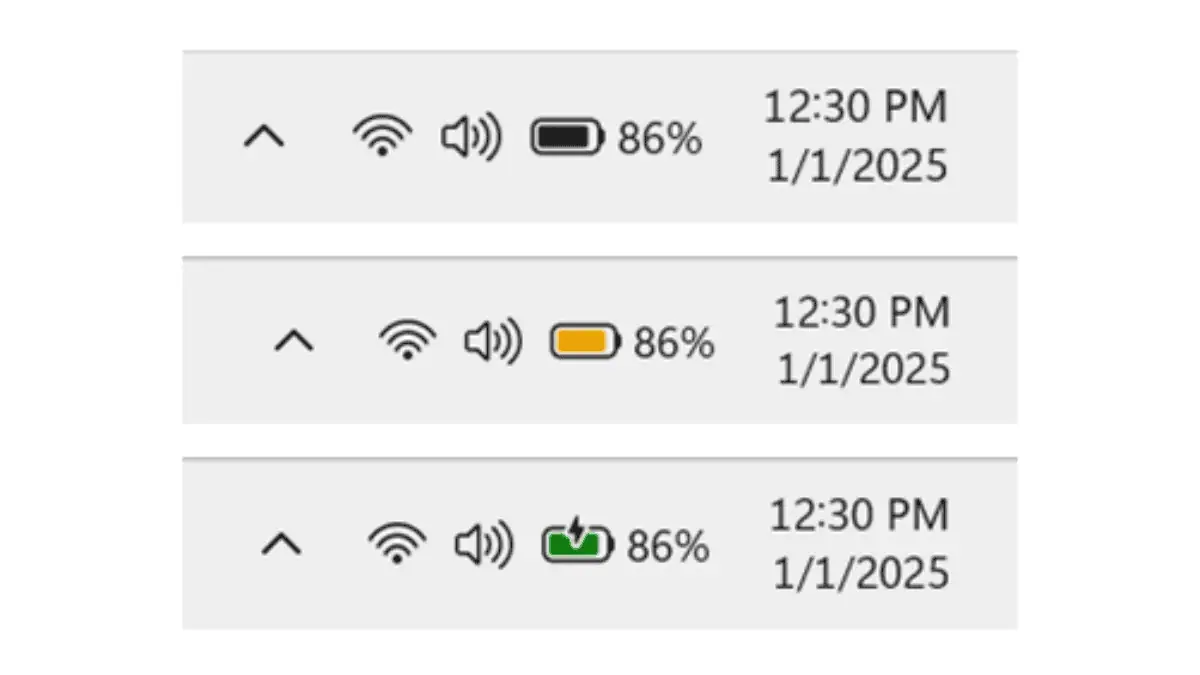Tech titans unite to accelerate AI with new UALink industry standard
3 min. read
Updated on
Read our disclosure page to find out how can you help MSPoweruser sustain the editorial team Read more
Key notes
- The collaboration between these tech giants marks a significant step towards a more connected and efficient AI ecosystem, setting the stage for transformative advancements in artificial intelligence.

It’s like the tech giants have finally decided to join forces, kind of like assembling a superhero team, but instead of fighting crime, they’re taking on NVIDIA’s stronghold in the AI systems arena. Picture this: AMD, Intel, Broadcom, Cisco, and a few more big names have all come together, shaking hands on a new standard called UALink. This is a big deal because NVIDIA has been the big kid on the block with its NVLink technology, which is basically the secret sauce that lets its GPUs talk to each other really efficiently in big AI systems. But now, there’s a new player in town.
UALink is stepping up as the open competitor to NVLink, and it’s not just a one-company show. AMD kicked off the call, but it quickly turned into a who’s who of tech giants, all agreeing that it’s time for an open standard to give NVIDIA a run for its money. The idea behind UALink is pretty ambitious. It’s designed to connect up to 1024 endpoints, which, in simpler terms, means it can link a whole lot of accelerators together to work on massive computing tasks.
One of the coolest things about UALink is that it’s not just for the big players. It opens the door for everyone in the industry to keep up with NVIDIA, not just in terms of scale but in innovation too. For example, Broadcom is already on board to make UALink switches, which will help other companies scale up their operations. This is a game-changer because it means companies won’t be locked into using just one type of accelerator or switch. They can mix and match, which could lead to some pretty interesting setups.
But it’s not just about fighting NVIDIA. This move towards an open standard like UALink is a big win for the industry as a whole. It encourages collaboration and innovation, which, in the long run, benefits us all. Imagine faster, more efficient AI systems that can do more complex tasks, all because these companies decided to work together.
The timeline for all of this happening is still a bit fuzzy. The group hopes to have a first version of the UALink spec ready by the third quarter of 2024, with a more refined version to follow. But, as with all things tech, these things take time. We might not see UALink in action until around 2026, but the fact that it’s on the horizon is exciting.
In the end, what’s really fascinating here is how this collaboration could reshape the landscape of AI computing. Broadcom stands to gain a lot as the connectivity provider, but really, it’s a win-win for all the companies involved. For AMD and Intel, it’s a chance to level the playing field with NVIDIA. For the rest of us, it means we can look forward to more powerful, efficient AI systems in the future. And who knows? This might just be the start of a new era of cooperation in the tech world.









User forum
0 messages